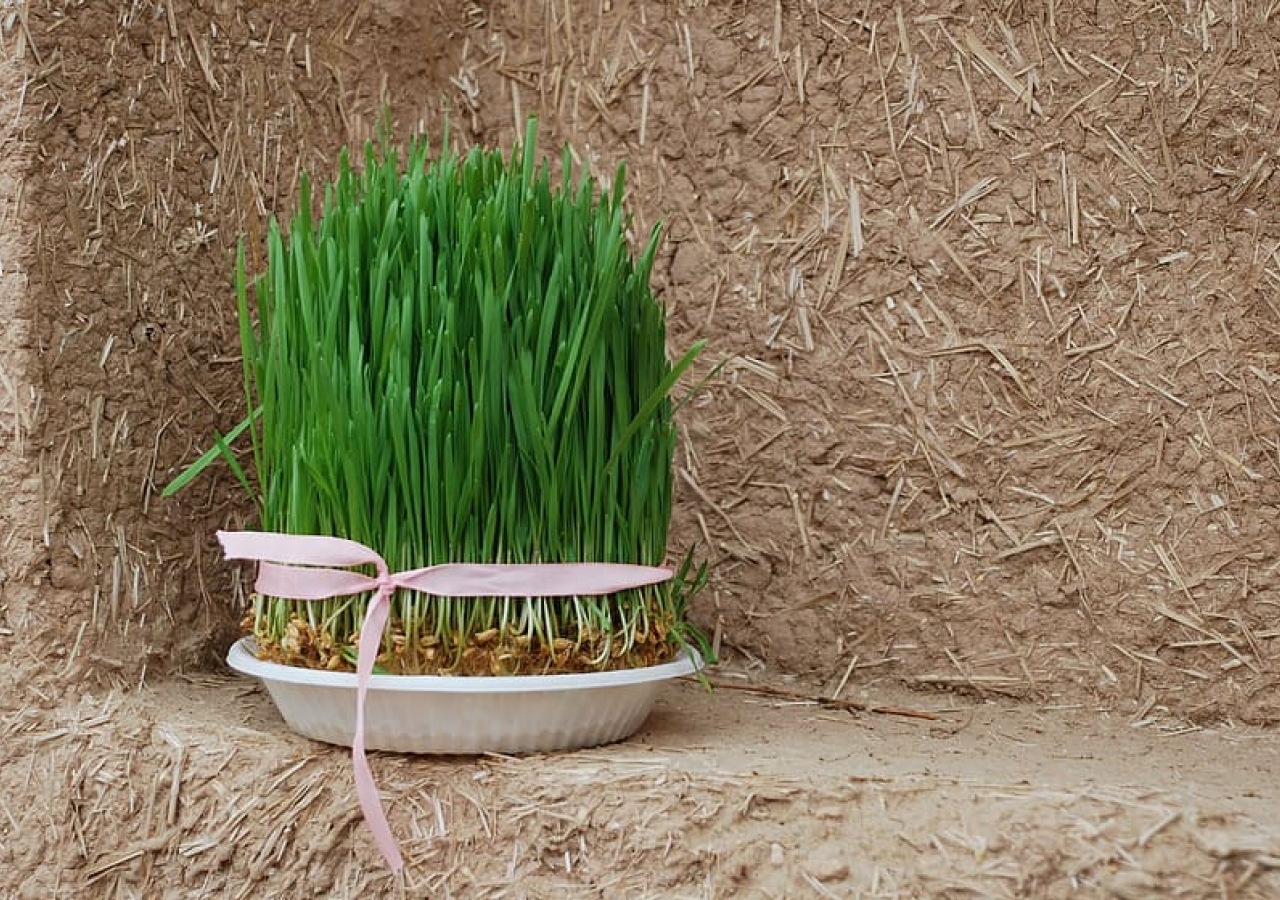“Happy Nawruz has arrived; O Lord! May it be blessed! Purity has come in abundance; O Lord! May it be blessed!
Winter’s bitterness has come to an end; the heart is now aware of Spring; every moment say a hundred times: O Lord! May it be blessed!
The veil has been lifted from the way and the heart is now filled with certainty; the nightingale of the soul is now singing; O Lord! May it be blessed!”
Translation of Persian qasida “Nawruz-i saʿid amad, ya rab ki mubarak bad”.
Nawruz, an ancient celebration rooted in the Zoroastrian tradition, is a festival arising at a time when communities were much more attuned to the rhythms and cycles of nature, it celebrates the arrival of spring. Hussein ibn Yaqub Sufi, a poet from the post-Alamut era, in his qasida, used nature and its beauty as a metaphor for happiness of the heart and revival of the soul. As a symbol of change and new beginning, Nawruz represents an opportunity for reflection in our lives.
Nawruz, meaning ‘a new day’ in Persian, is a traditional Persian festival which has been celebrated for over three thousand years. Although rooted in the cultural and religious traditions of the Zoroastrians, it is now part of many Muslim traditions, including the Ismailis and many other communities, becoming a symbol of renewal, rejuvenation and new beginnings that transcends religious and cultural boundaries. Today, Nawruz is celebrated by more than 300 million people across the globe, and in many countries such as Afghanistan, Iran, Tajikistan, and Georgia, it is a public holiday.
The celebration of Nawruz is closely linked to the history of time-keeping, and creation of the seasonal calendar. The Zoroastrians divided the year into six seasonal feasts, and fixed the celebration of their New Year or Nawruz at the spring equinox, that is, when the day and night are of equal length.
As the Muslim empire spread beyond the Arabian Peninsula, cultural encounters with other societies resulted in many of their traditions and customs becoming part of Muslim observances, including the celebration of Nawruz. It was celebrated under many Muslim dynasties, including the Umayyads in Damascus, the Abbāsids in Baghdad, the Fātimids in Egypt, the Buyids and the Safavids in Persia, and the Mughals in the Indian Subcontinent.
As recognized by the United Nations "Nowruz plays a significant role in strengthening the ties among peoples based on mutual respect and the ideals of peace and good neighbourliness. Its traditions and rituals reflect the cultural and ancient customs of the civilizations of the East and West, which influenced those civilizations through the interchange of human values". (https://www.un.org/en/observances/international-nowruz-day)
One of the greatest of Sufi masters whose theory of divine love was highly influential was Ibn al-Arabi (12th/ 13th century). He grew up in al-Andalus (Spain) and his theory of love was closely connected with his overall philosophy about God and creation. Creation for him does not exist separately from God, its Creator, but emanates from Him.
An example can help us to understand this idea: the sun and its rays are not two separate things, but one. The rays cannot exist independently from the sun but issue from it. In the same way, in Ibn al-Arabi´s view, there is only one being, one reality.
For Ibn al-Arabi, the purpose of creation was clearly stated in the Quranic verse in which God proclaims:
“And I created the jinn and humankind only that they might worship Me” (51:56)
The arrival of spring heralds a time of change, transformation, and renewal of life that one can see in nature.
In the Qur’an-i Sharif, nature is referred to as a sign of Allah. In Surah al-Baqara, verse 164, it is said:
“Behold! In the creation of the heavens and the earth; in the alternation of the night and the day; in the sailing of the ships through the ocean for the profit of mankind; in the rain which Allah sends down from the skies, and the life which He gives therewith to an earth that is dead; in the beasts of all kinds that He scatters through the earth; in the change of the winds, and the clouds which they trail like their slaves between the sky and the earth; (here) indeed are signs for a people that are wise”.
On this day, in Ismaili Jamatkhanas across the world, grains and dried fruits are distributed as a symbol of barakah. This is known as rozi, in Urdu, and rizk, in Arabic, and represents blessings, sustenance, livelihood, or abundance.
Every new day, every change in the winds, every drop of rain is reminiscent of a constant state of change in the universe, Allah´s creation!
Nawruz Mubarak!







